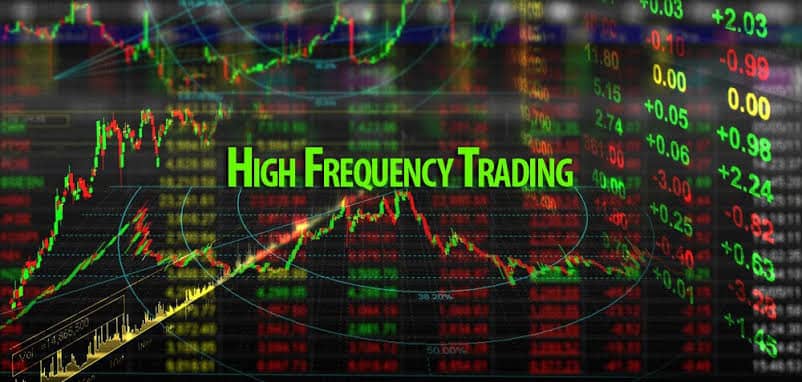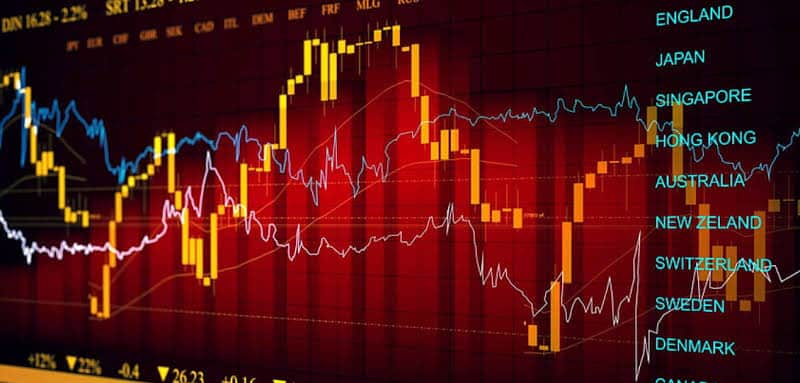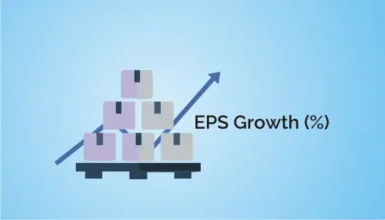Comparing Speed and Latency in High-Frequency

In the fast-paced world of trading, speed and latency can make or break a deal. Think of them as the turbo engines driving your financial success or the unexpected delays holding you back.
While speed gets the glory, latency is the silent threat that can erode profits.

Understanding the difference between these two forces is crucial for anyone looking to navigate the markets with confidence. Visit btcmaximum-ai.com/ for additional resources and educational content tailored to enhance your investment knowledge.
The Role of Speed in Modern Trading Strategies
Speed is the backbone of modern trading strategies, acting as the force behind profitable opportunities.
In today’s fast-paced markets, trading often resembles a high-stakes race where the fastest competitor wins.
High-Frequency Trading (HFT) is a prime example of this, with algorithms executing thousands of orders within microseconds. It’s like a sprinter who wins by a fraction of a second, capitalizing on tiny price differences that others might not even notice.
But speed isn’t just about the rapid execution of trades. It’s also about the speed of information processing.
Traders who can quickly analyze market data and react faster than others are often able to secure better prices and avoid losses. Imagine being in a crowded auction where the highest bidder wins only if their bid is placed first.
The ability to execute faster than your competition can mean the difference between securing a profitable trade or missing out entirely.
Algorithmic trading, another cornerstone of modern strategies, relies heavily on speed.
These algorithms can analyze massive datasets in real-time, making split-second decisions that would be impossible for a human to match.
Think of a chess grandmaster who sees 20 moves ahead, making the right move before the opponent even realizes the danger.
In this competitive environment, traders and firms invest significantly in technology to optimize speed.
This includes everything from high-performance servers to direct market access, ensuring that their orders are placed faster than those of competitors.
Speed isn’t just a strategy; it’s a necessity in the world of modern trading. Without it, even the best strategies can fall short.
Latency: The Invisible Threat to Trading Efficiency
Latency might not be as flashy as speed, but it can be a trader’s worst enemy, lurking in the background and quietly undermining performance.
Simply put, latency is the delay between when an order is placed and when it is executed. It’s like shouting across a canyon and waiting for the echo; the longer the delay, the less effective the communication.
There are several types of latency that traders must contend with. Network latency occurs when data travels through various networks to reach its destination, such as from a trader’s computer to the exchange.
It’s like sending a message in a bottle and waiting for it to reach the shore.
Processing latency happens when a trading system or algorithm takes time to process data and decide on the best course of action.
Think of a computer that’s running multiple applications at once, slowing everything down.
Lastly, exchange latency is the time it takes for the exchange itself to match and execute orders.
Each of these types of latency can lead to slippage, where trades are executed at prices different from those intended, often resulting in lower profits or even losses. It’s like trying to catch a train that’s already leaving the station; the timing needs to be just right.
For high-frequency traders, even milliseconds of latency can make a significant difference in profitability. In a field where time is money, minimizing latency is essential for maintaining an edge over competitors.
Comparing the Impacts of Speed and Latency on Trading Performance
When it comes to trading performance, speed and latency are two sides of the same coin, each playing a crucial role in determining success or failure. But which is more critical?
It’s like asking whether the engine or the tires are more important in a race car—they both need to perform well for a win.
Speed in trading is all about how quickly an order can be executed. In strategies like High-Frequency Trading (HFT), speed is paramount. It’s like being in a sprint where the fastest runner always wins.
Traders need to execute their orders faster than their competitors to capitalize on fleeting price differences. In these scenarios, having the fastest systems is often the key to success.
On the other hand, latency deals with the delay between making a decision and seeing that decision implemented. Imagine trying to steer a ship; if there’s a delay between turning the wheel and the ship changing direction, you could crash before it responds.
In volatile markets, latency can be the difference between a profitable trade and a costly mistake.
A slight delay can lead to slippage, where an order is executed at a less favorable price than intended.
Different trading environments require different priorities. For instance, in a stable market, speed might be more valuable as traders look to execute large volumes quickly.
In a highly volatile market, reducing latency could be more critical to avoid slippage.
Understanding when to prioritize speed over latency, or vice versa, is essential for effective trading. In the end, both speed and latency must be carefully managed to optimize trading performance and minimize risks.
Conclusion
Mastering both speed and latency is essential for successful trading. It’s not just about how fast you can act, but how quickly your actions translate into results.
By balancing these two factors, traders can optimize their strategies, reduce risks, and enhance profitability.
In the ever-evolving landscape of trading, staying ahead means understanding not only the power of speed but also the hidden dangers of latency.







